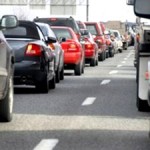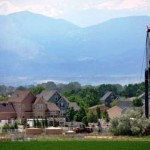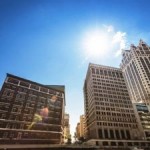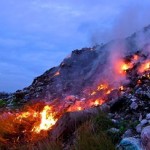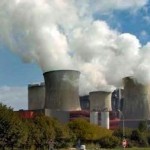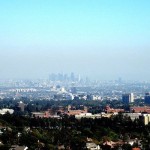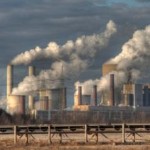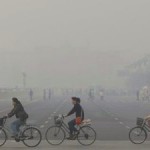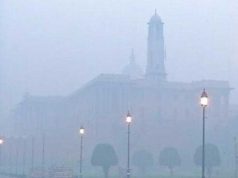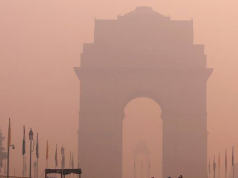The American Lung Association calls for several steps to improve the air everyone breathes:
- Clean up power plants. The EPA needs to reduce carbon pollution. Ozone and particle pollution that blows across state lines must be controlled. In the next year, the Administration has pledged to set standards for carbon pollution from new and existing power plants.
- Strengthen the outdated ozone standards. The EPA needs to set a strong, health-based standard to limit ozone pollution. Strong standards will drive the needed cleanup of ozone across the nation.
- Clean up new wood-burning devices. The EPA needs to issue strong standards to clean up new wood stoves, outdoor wood boilers and other residential wood-burning devices.
- Fund the work to provide healthy air. Congress needs to adequately fund the work of the EPA and the states to monitor and protect the nation from air pollution.
- Protect the Clean Air Act. Congress needs to ensure that the protections under the Clean Air Act remain strong and enforced.
“The Clean Air Act has been proven to deliver tremendous health benefits,” said Wimmer. “Congress must allow the Clean Air Act to continue to protect our health and ensure that the EPA and the states have adequate funding to monitor and protect the nation from air pollution and new threats caused by increased temperatures.”
Nation’s Most Polluted Cities
Top 5 U.S. Cities Most Polluted by Short-term Particle Pollution (24-hour PM 2.5)
1. Fresno-Madera, California
2. Visalia-Porterville-Hanford, California
3. Bakersfield, California
4. Los Angeles-Long Beach, California
5. Modesto-Merced, California
Top 5 U.S. Cities Most Polluted by Year-Round Particle Pollution (Annual PM 2.5)
1. Fresno-Madera, California
2. Visalia-Porterville-Hanford, California
3. Bakersfield, California
3. Los Angeles-Long Beach, California
5. Modesto-Merced, California
[Note: Cities with the same number ranking are tied (e.g., Bakersfield and Los Angeles are tied for 3rd most polluted.)]
Top 5 Most Ozone-Polluted Cities
1. Los Angeles-Long Beach, California
2. Visalia-Porterville-Hanford, California
3. Bakersfield, California
4. Fresno-Madera, California
5. Sacramento-Roseville, California
Background
The “State of the Air 2014” report uses the most recent quality-assured air pollution data, collected by federal, state and local governments and tribes in 2010, 2011, and 2012. These data come from official monitors for the two most wide-spread types of pollution, ozone and particle pollution. The report grades counties, ranking cities and counties based on scores calculated by average number of unhealthy days (for ozone and for short-term particle pollution) and by annual averages (for year-round particle pollution).
Check the following to access the Full Report:
www.stateoftheair.org
Source: American Lung Association.
About the American Lung Association
Now in its second century, the American Lung Association is the leading organization working to save lives by improving lung health and preventing lung disease. The Association is “Fighting for Air” through research, education and advocacy. For more information, visit www.lung.org.

